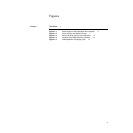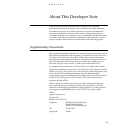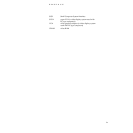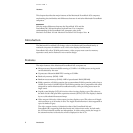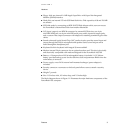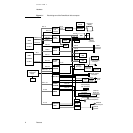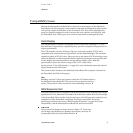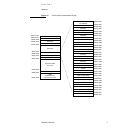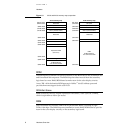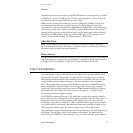
CHAPTER 1
Hardware
2
Introduction
This chapter describes the major features of the Macintosh PowerBook 165c computer,
emphasizing the similarities and differences between it and other Macintosh PowerBook
computers.
IMPORTANT
Only the major differences between the PowerBook 165c and the
PowerBook 160/180 are described in detail here. For a complete
understanding of the PowerBook 165c computer, refer to the
Macintosh PowerBook 160 and Macintosh PowerBook 180 Developer Note
.
▲
Introduction 1
The Macintosh PowerBook 165c brings color to the Macintosh PowerBook family of
notebook computers. In addition to its vivid color display, the Macintosh
PowerBook 165c offers 33 MHz performance, video output, more room for memory
expansion cards, and a distinctive new exterior design.
Features 1
The major features of the Macintosh PowerBook 165c computer are:
■
Microprocessor: Motorola 68030 running at 33 MHz. A 16 MHz power saving mode
can be selected by the user.
■
Coprocessor: Motorola 68882 FPU running at 33 MHz.
■
Read-only memory (ROM): 1 MB.
■
Random-access memory (RAM): 4 MB of pseudostatic RAM (PSRAM).
■
RAM expansion: a RAM expansion slot accommodates RAM expansion cards of up to
10 MB, for a total of 14 MB of RAM. The RAM expansion slot is compatible with cards
designed for earlier Macintosh PowerBook models, while providing more room for
larger cards.
■
Liquid crystal display (LCD): 8-bit color video circuitry displays up to 256 colors on
the built-in 640 x 400 pixel film supertwist nematic (FSTN) LCD. The display is backlit
by two cold cathode fluorescent lamps.
■
Video output: 8-bit color video output circuitry displays up to 256 colors on all Apple
color monitors up to 16 inches in size. The Apple Portrait monitor is also supported at
up to 16 shades of gray.
The video output circuitry is identical to that of the PowerBook 160 and
PowerBook 180, supporting both dual mode and video mirror mode. In dual mode,
the LCD and external monitor are independent. In video mirror mode, the image on
the external monitor is identical to what is displayed on the LCD.




